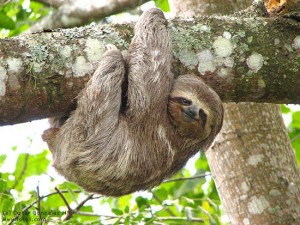
If you have ever thought of owning a sloth for a pet, I think by the end of this post you will have changed your mind. Don’t get me wrong, they are cute in their own ugly duckling sort of way, but once you find out what is going on in their fur you will realize that you are not just getting a pet sloth.
The fur of a sloth provides an unique relationship to many species. In fact, there is actually a whole ecosystem thriving throughout this coarse fur. First of all, the sloth has formed a relationship with several species of cyanobacteria (also known as blue-green algae). The cyanobacteria that live in the fur of the sloth offer a form of camoflage. Not only does this algae provide camoflage but it inevitabley attracts a host of other organisms. One study found 950 beetles living on a single sloth. That’s right, 950 beetles crawling all over and feasting on the cyanobacteria. It doesn’t stop there though, there is a particular type of moth that depends on the sloth to survive. This moth also lives in the fur and when the sloth heads to the ground, the moth will leave very quickly to lay its eggs in the dung before catching a ride back up the tree on the sloth. The eggs will hatch and the caterpillars will turn to moths and eventually find their own sloth ecosystem to live in. I am guessing by now that you have decided against a pet sloth and will probably end up buying a hamster. Just remember, if you see a sloth… don’t pet it!
Sloth Fast Fact: Unlike most mammals the hair of a sloth actually grows away from the extremities. They have developed this feature to protect them from the elements while hanging upside down.
Did anyone else notice that by using “sloth” and “moth” so many times together that I was actually starting to sound like Dr. Seuss?

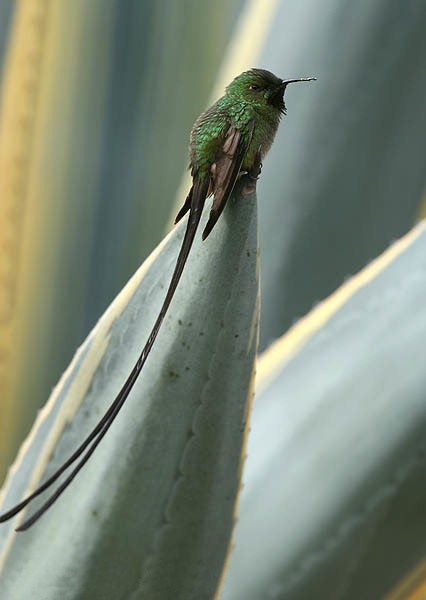
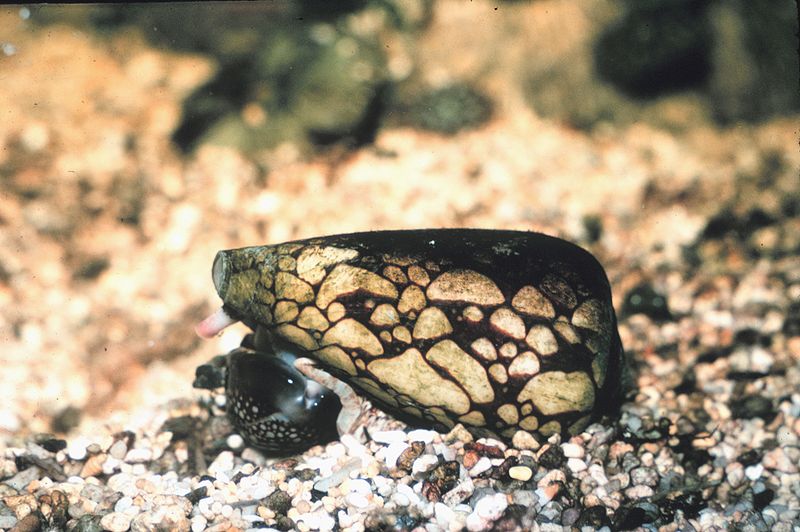
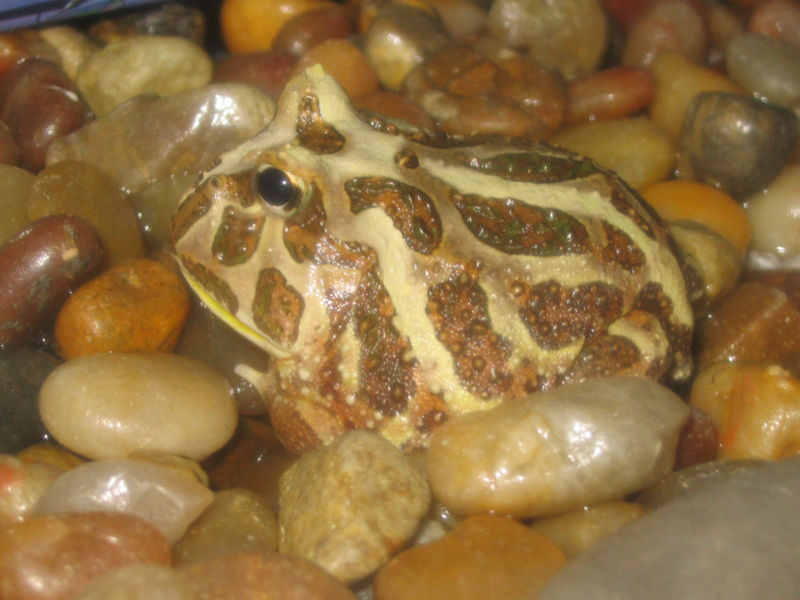
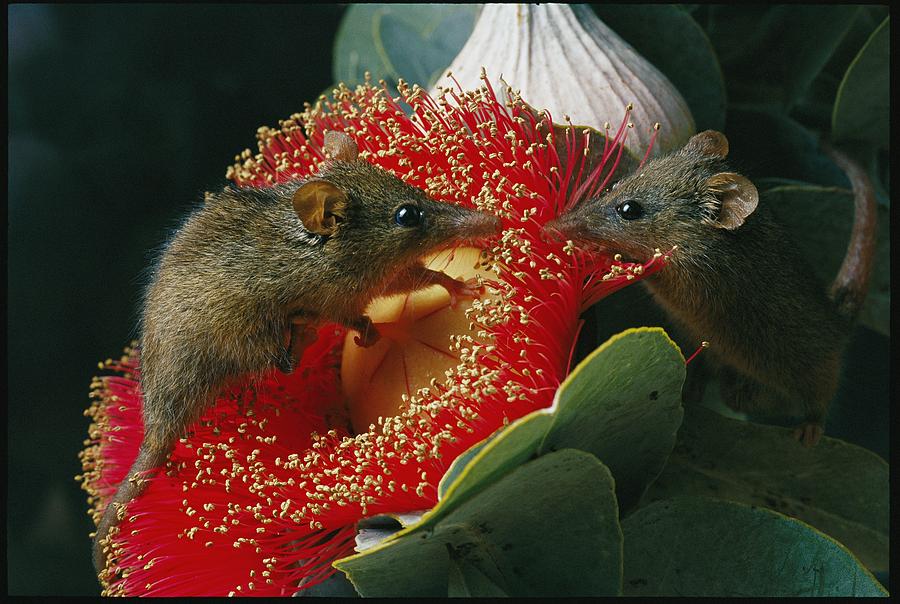
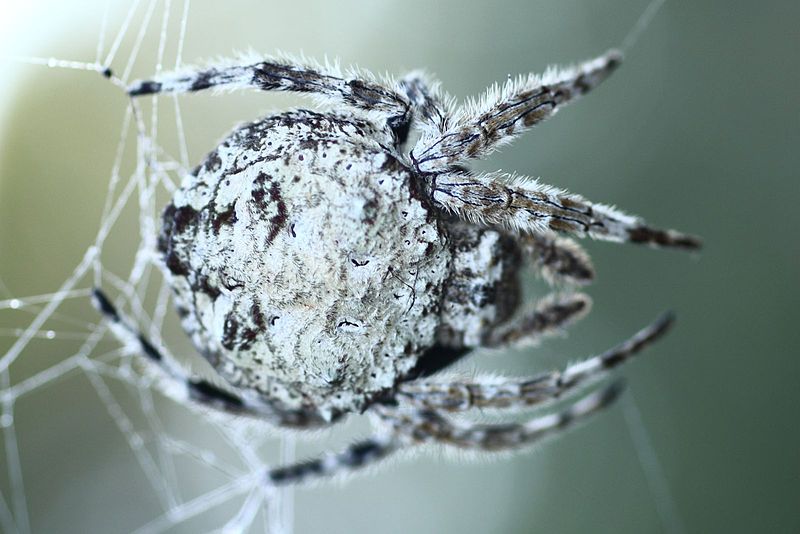
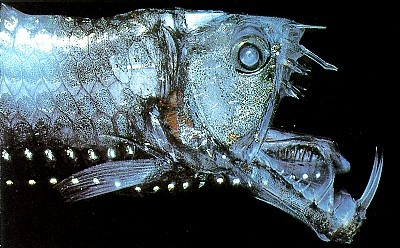
I really enjoyed the video. I just wished the guys would quit laughing so I could hear what she was saying better. Definitely not a pet friendly animal unless you’re looking for a home for wayward beetles and moths.